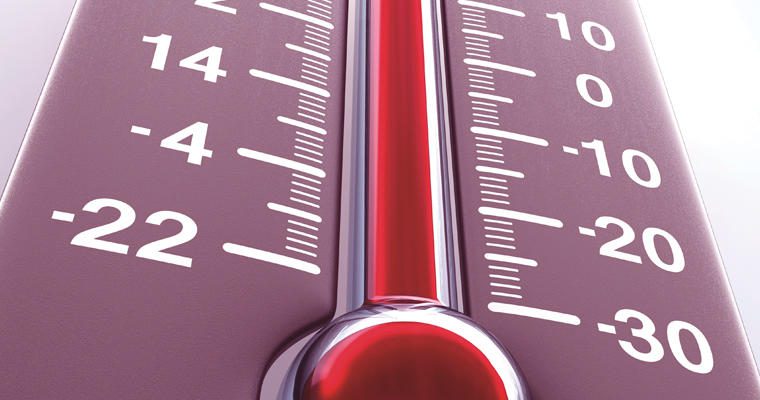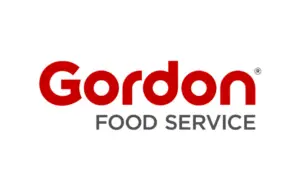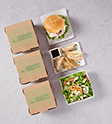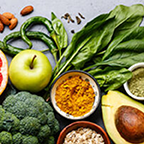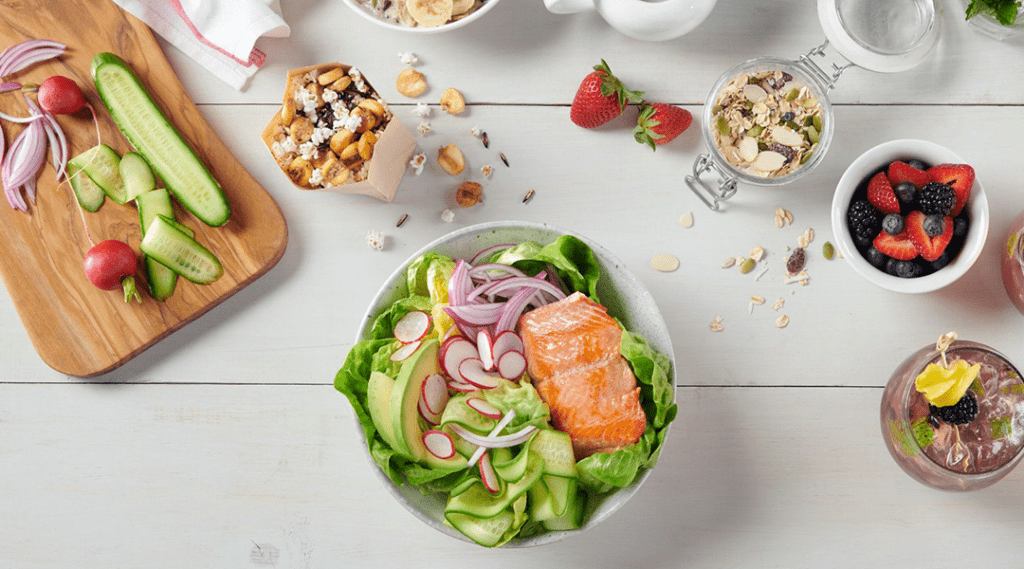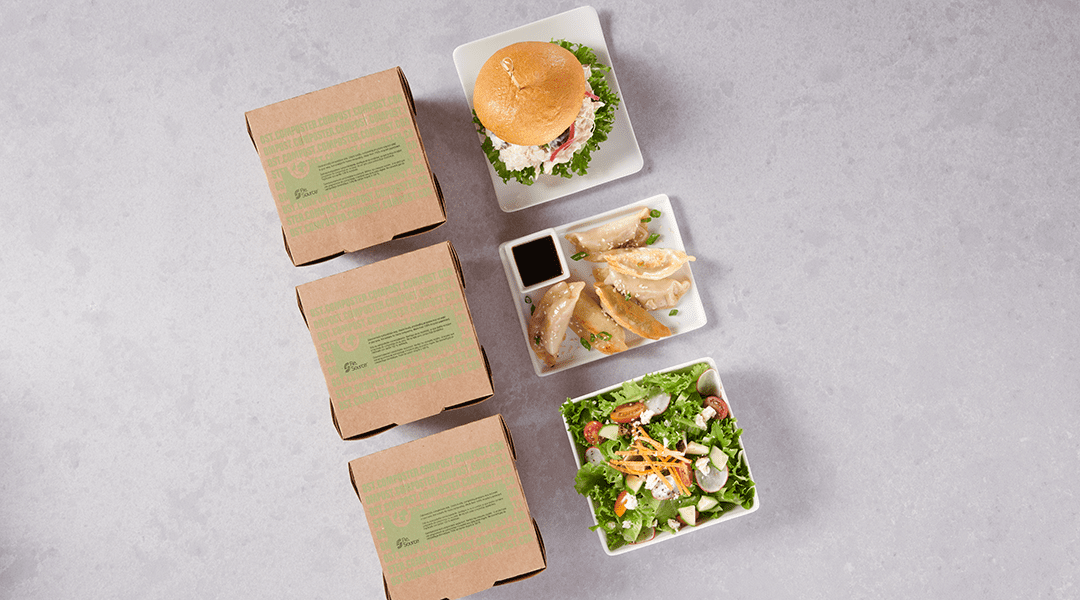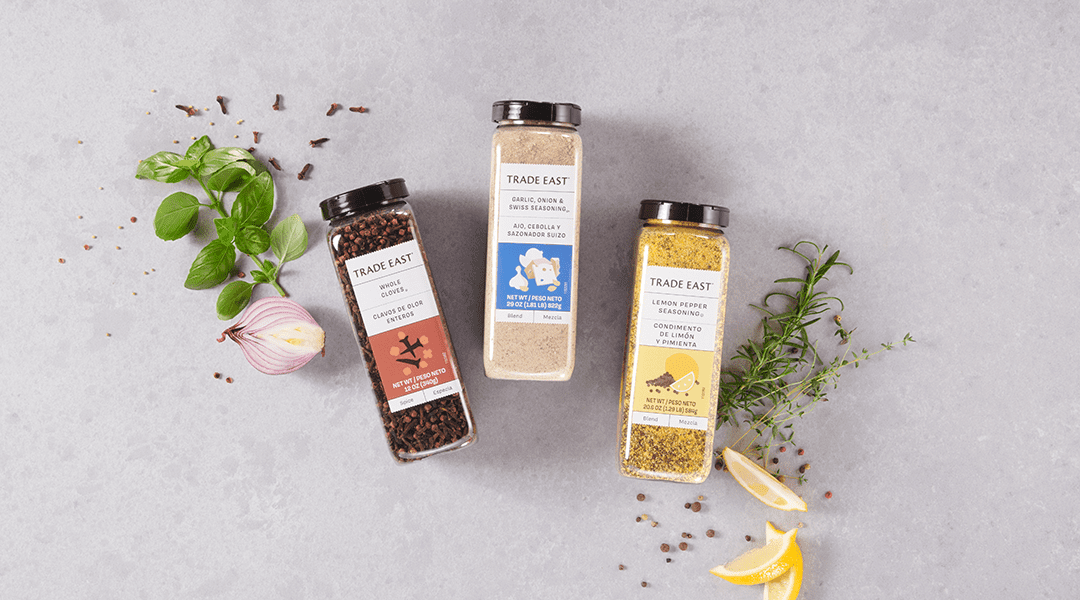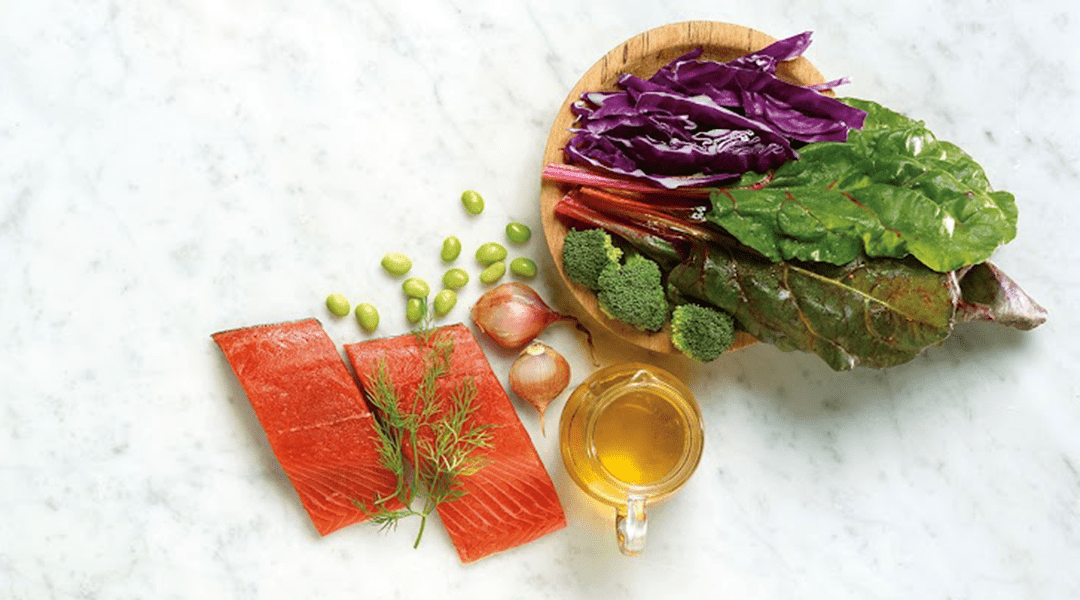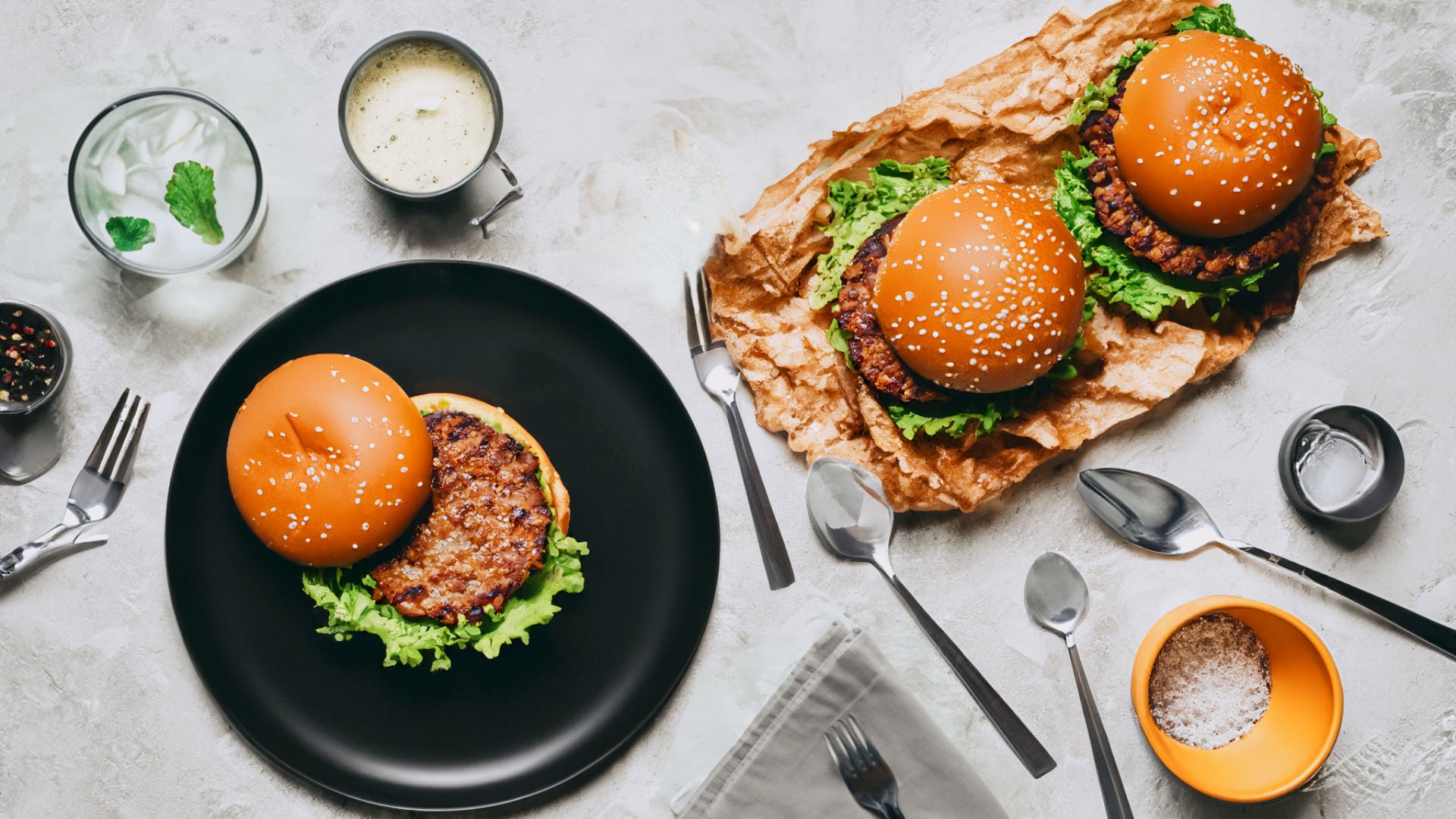If you’re looking to save dollars, don’t put the squeeze on food quality. It’s possible to save on your water and energy bill with changes that are free or able to quickly pay for themselves. We’ve identified six ways to save.
Install pre-rinse spray valves
Spraying dirty pans, trays and plates before washing prevents running dishware through the wash a second time, and a low-flow, high efficiency spray nozzle can save 180 gallons of water a day.
Use low-flow aerators on hand sinks
A low-flow aerator introduces air into the water flow, spreading out the water to quickly cover more surface area. Aerators can reduce hot water use by 60 percent for each hand sink, saving up to 9,000 gallons of hot water a year.
Ensure proper hot water temperature
Set your water heater temperature gauge correctly. Typically, health department codes call for at least 100°F for handwashing, and at least 120°F for dishwashing and chemical sanitation with most dishwashing machines. Setting the water heater just 20°F too high costs about $1,300 more per year.
Keep doors closed
Ice or frost around the cooler or freezer seal means the door is not aligned or the gasket is worn. Check the door, and also install strip curtains to prevent cooler fans from sucking in warm air.
Check the cooler thermostat
A thermostat near the front door often reads warm. Install a thermometer near the back of the cooler and use it as the primary gauge so you don’t set the temperature too low based on the front thermostat.
Create a startup schedule
Commercial-grade cooking equipment often heats in 15-60 minutes. Don’t turn on ovens, steamers, broilers, pasta cookers, griddles and fryers too soon. Scheduling startup and shutdown can save hundreds of dollars a year.
